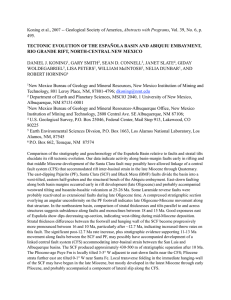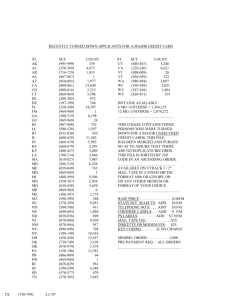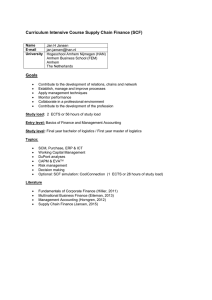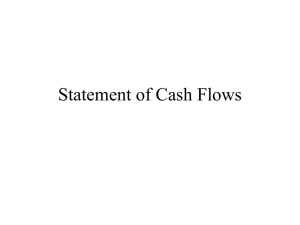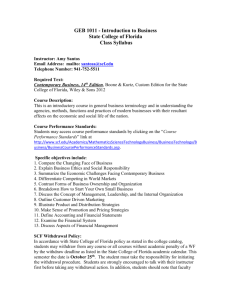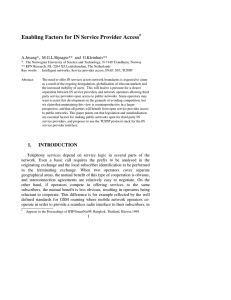New Mexico Geology, vol. 30, no. 2, p. 53-54. KONING, Daniel J.
advertisement
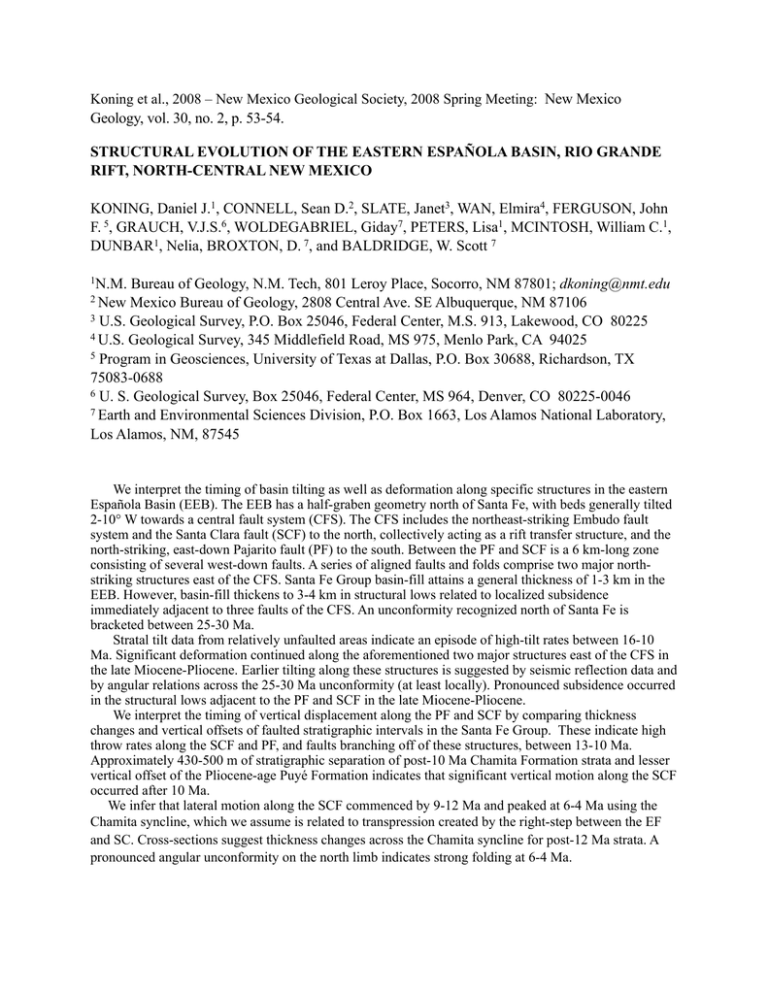
Koning et al., 2008 – New Mexico Geological Society, 2008 Spring Meeting: New Mexico Geology, vol. 30, no. 2, p. 53-54. STRUCTURAL EVOLUTION OF THE EASTERN ESPAÑOLA BASIN, RIO GRANDE RIFT, NORTH-CENTRAL NEW MEXICO KONING, Daniel J.1, CONNELL, Sean D.2, SLATE, Janet3, WAN, Elmira4, FERGUSON, John F. 5, GRAUCH, V.J.S.6, WOLDEGABRIEL, Giday7, PETERS, Lisa1, MCINTOSH, William C.1, DUNBAR1, Nelia, BROXTON, D. 7, and BALDRIDGE, W. Scott 7 1N.M. Bureau of Geology, N.M. Tech, 801 Leroy Place, Socorro, NM 87801; dkoning@nmt.edu Mexico Bureau of Geology, 2808 Central Ave. SE Albuquerque, NM 87106 3 U.S. Geological Survey, P.O. Box 25046, Federal Center, M.S. 913, Lakewood, CO 80225 4 U.S. Geological Survey, 345 Middlefield Road, MS 975, Menlo Park, CA 94025 5 Program in Geosciences, University of Texas at Dallas, P.O. Box 30688, Richardson, TX 75083-0688 6 U. S. Geological Survey, Box 25046, Federal Center, MS 964, Denver, CO 80225-0046 7 Earth and Environmental Sciences Division, P.O. Box 1663, Los Alamos National Laboratory, Los Alamos, NM, 87545 2 New We interpret the timing of basin tilting as well as deformation along specific structures in the eastern Española Basin (EEB). The EEB has a half-graben geometry north of Santa Fe, with beds generally tilted 2-10° W towards a central fault system (CFS). The CFS includes the northeast-striking Embudo fault system and the Santa Clara fault (SCF) to the north, collectively acting as a rift transfer structure, and the north-striking, east-down Pajarito fault (PF) to the south. Between the PF and SCF is a 6 km-long zone consisting of several west-down faults. A series of aligned faults and folds comprise two major northstriking structures east of the CFS. Santa Fe Group basin-fill attains a general thickness of 1-3 km in the EEB. However, basin-fill thickens to 3-4 km in structural lows related to localized subsidence immediately adjacent to three faults of the CFS. An unconformity recognized north of Santa Fe is bracketed between 25-30 Ma. Stratal tilt data from relatively unfaulted areas indicate an episode of high-tilt rates between 16-10 Ma. Significant deformation continued along the aforementioned two major structures east of the CFS in the late Miocene-Pliocene. Earlier tilting along these structures is suggested by seismic reflection data and by angular relations across the 25-30 Ma unconformity (at least locally). Pronounced subsidence occurred in the structural lows adjacent to the PF and SCF in the late Miocene-Pliocene. We interpret the timing of vertical displacement along the PF and SCF by comparing thickness changes and vertical offsets of faulted stratigraphic intervals in the Santa Fe Group. These indicate high throw rates along the SCF and PF, and faults branching off of these structures, between 13-10 Ma. Approximately 430-500 m of stratigraphic separation of post-10 Ma Chamita Formation strata and lesser vertical offset of the Pliocene-age Puyé Formation indicates that significant vertical motion along the SCF occurred after 10 Ma. We infer that lateral motion along the SCF commenced by 9-12 Ma and peaked at 6-4 Ma using the Chamita syncline, which we assume is related to transpression created by the right-step between the EF and SC. Cross-sections suggest thickness changes across the Chamita syncline for post-12 Ma strata. A pronounced angular unconformity on the north limb indicates strong folding at 6-4 Ma.
